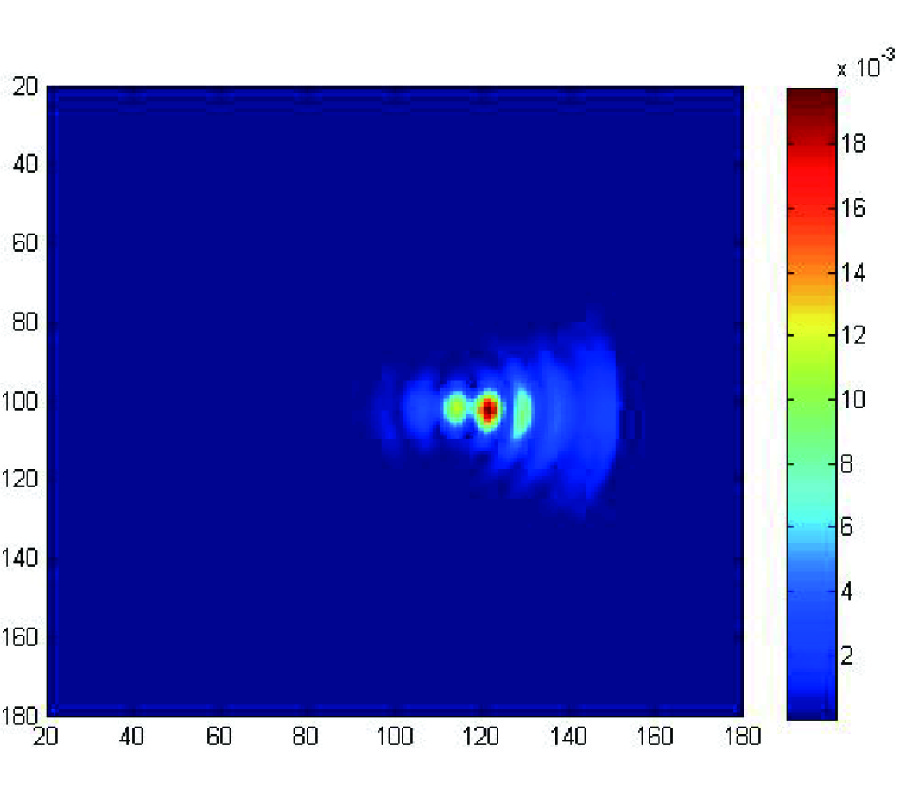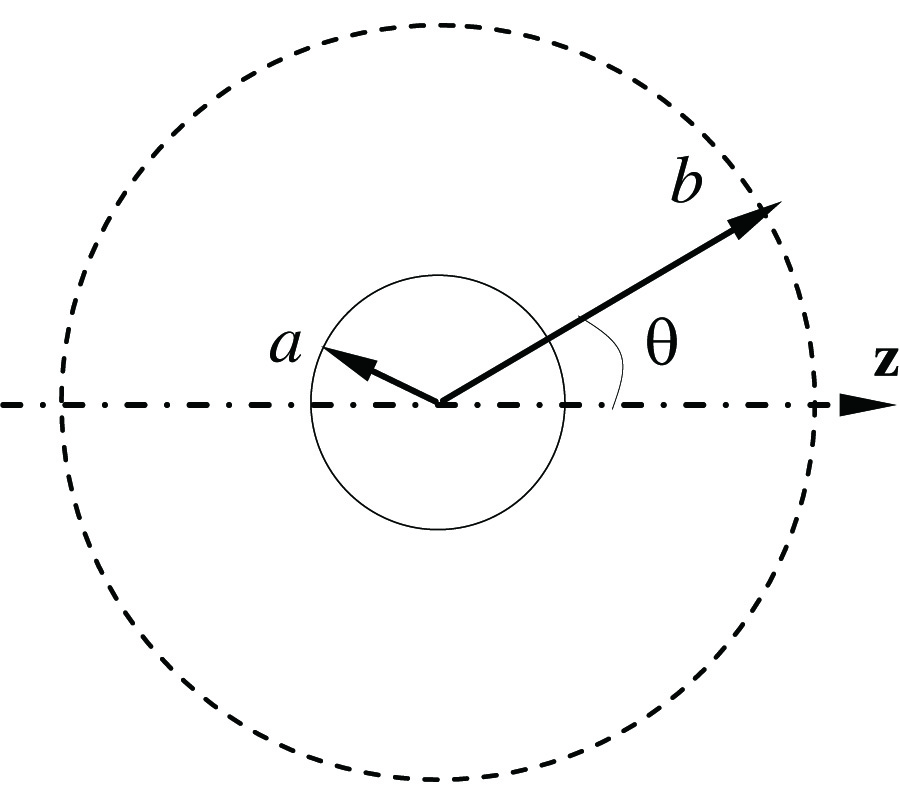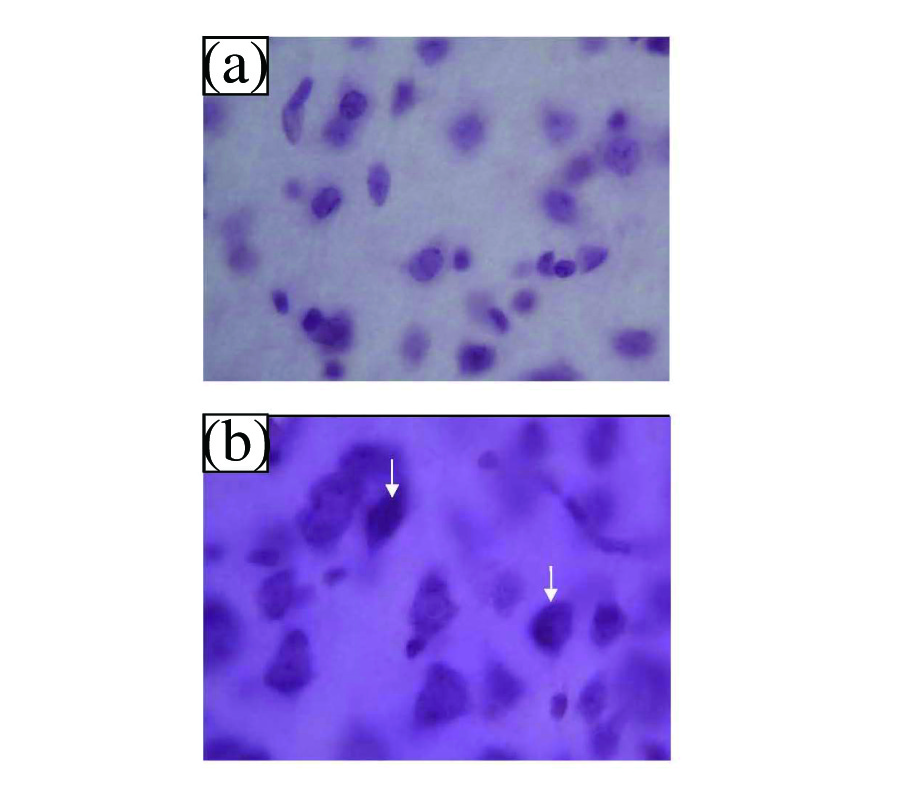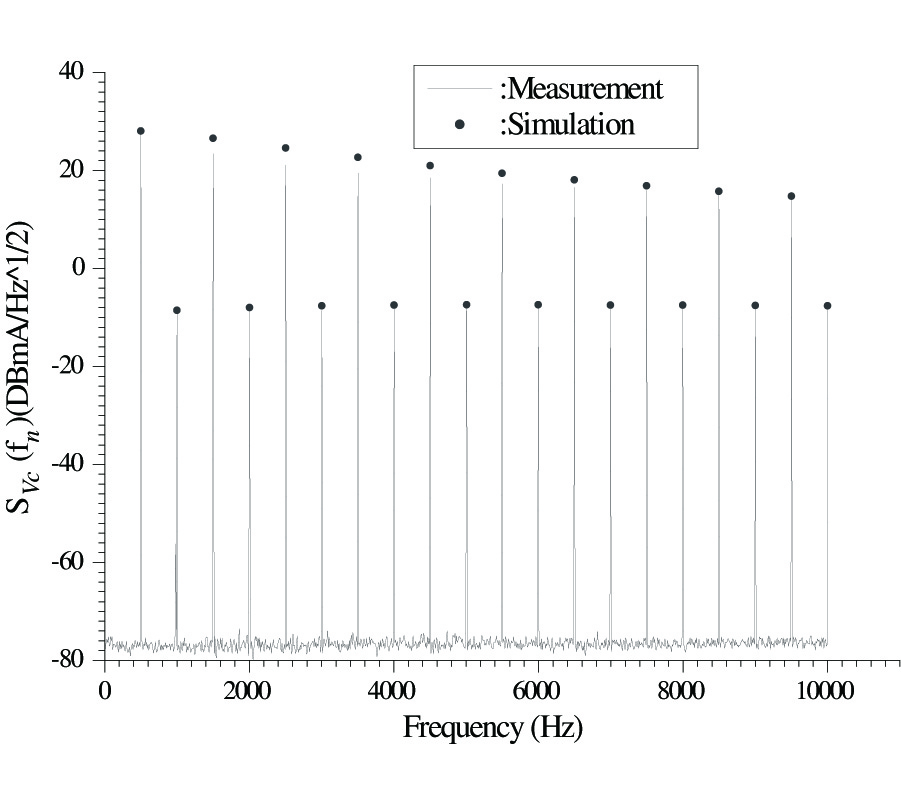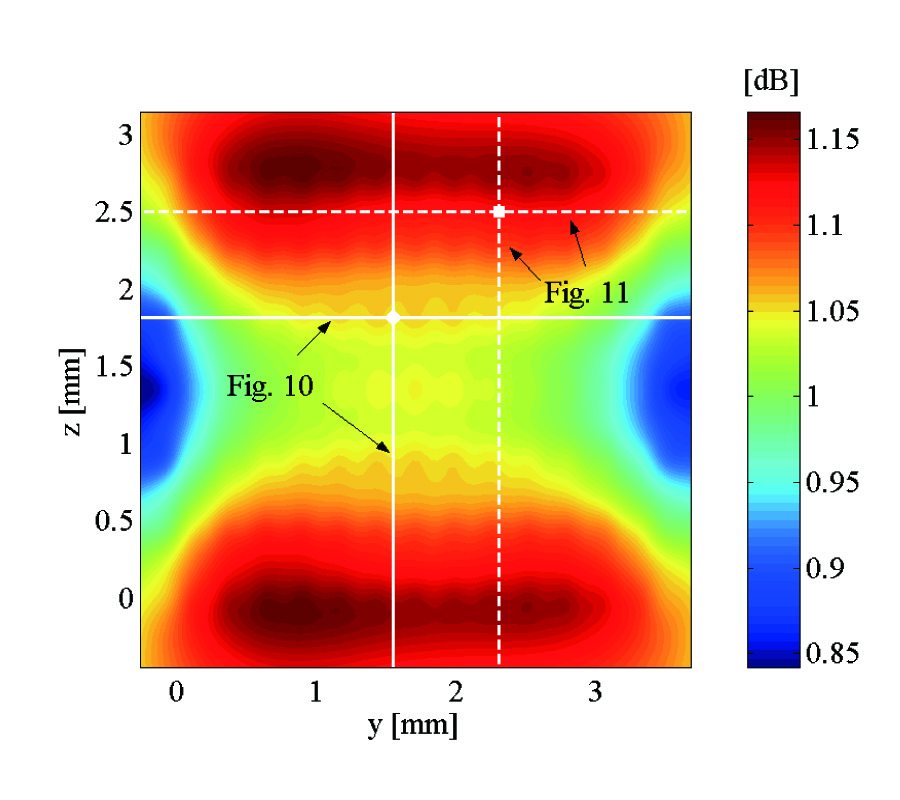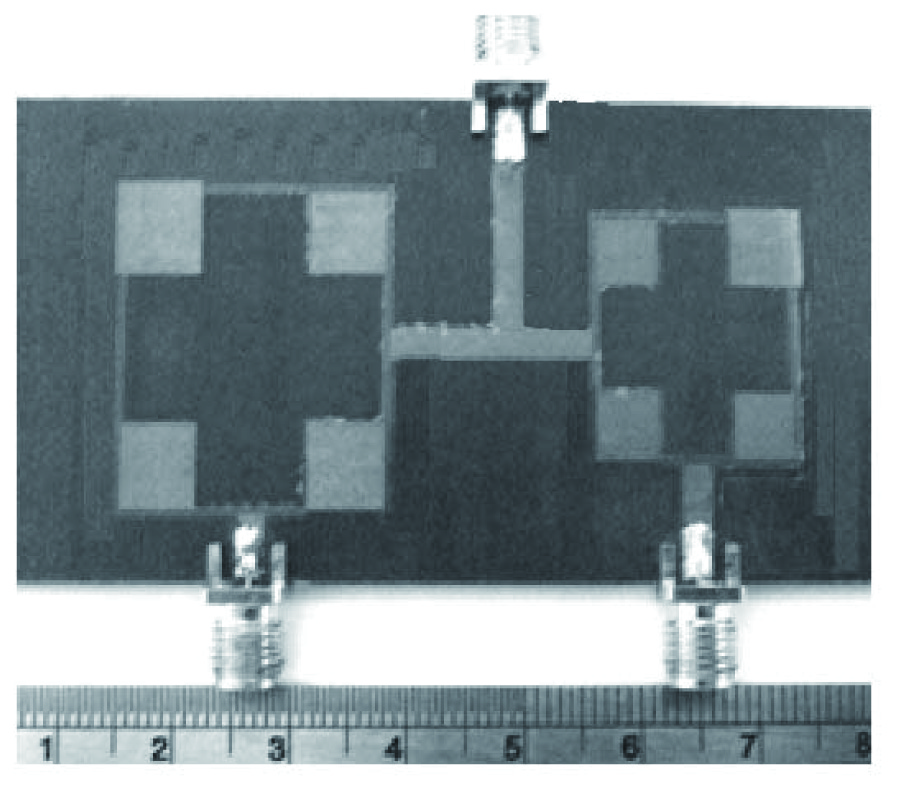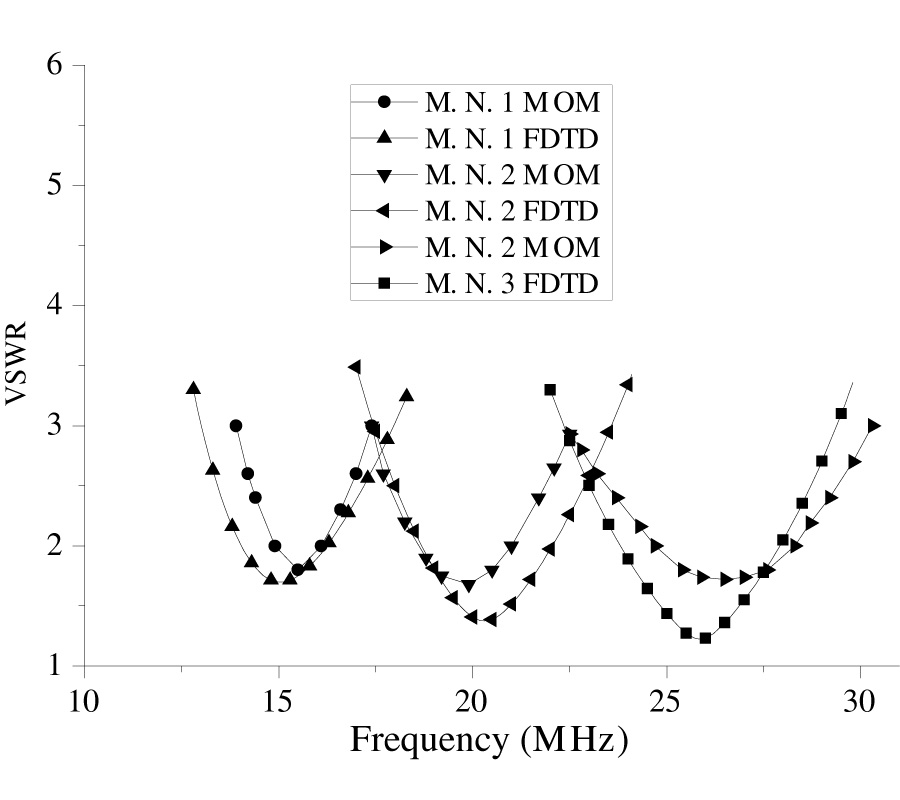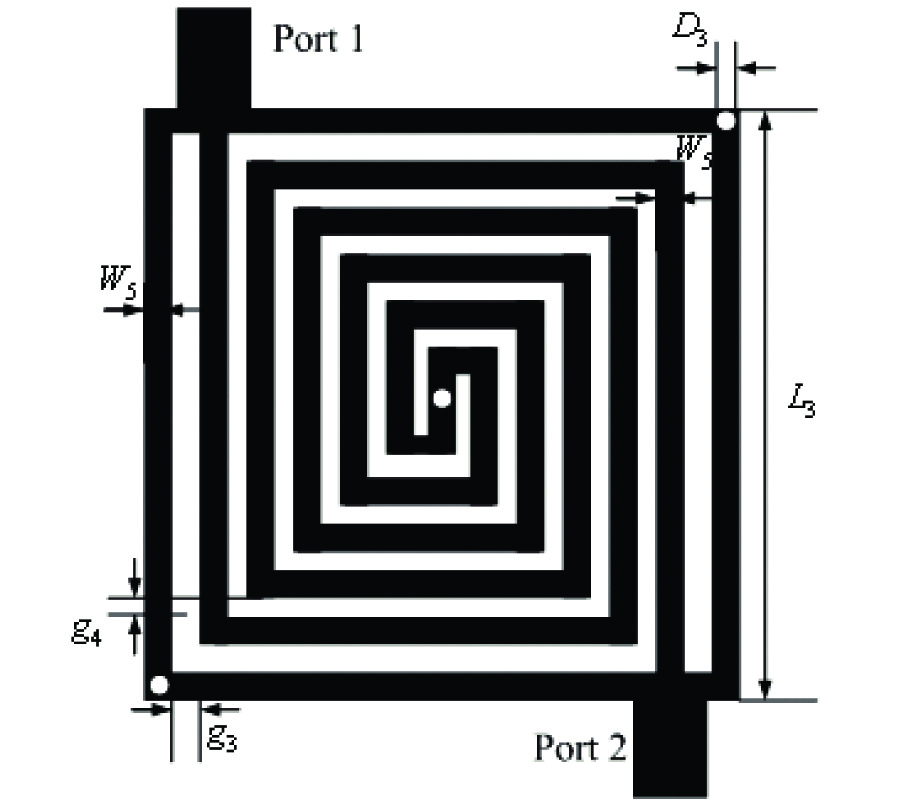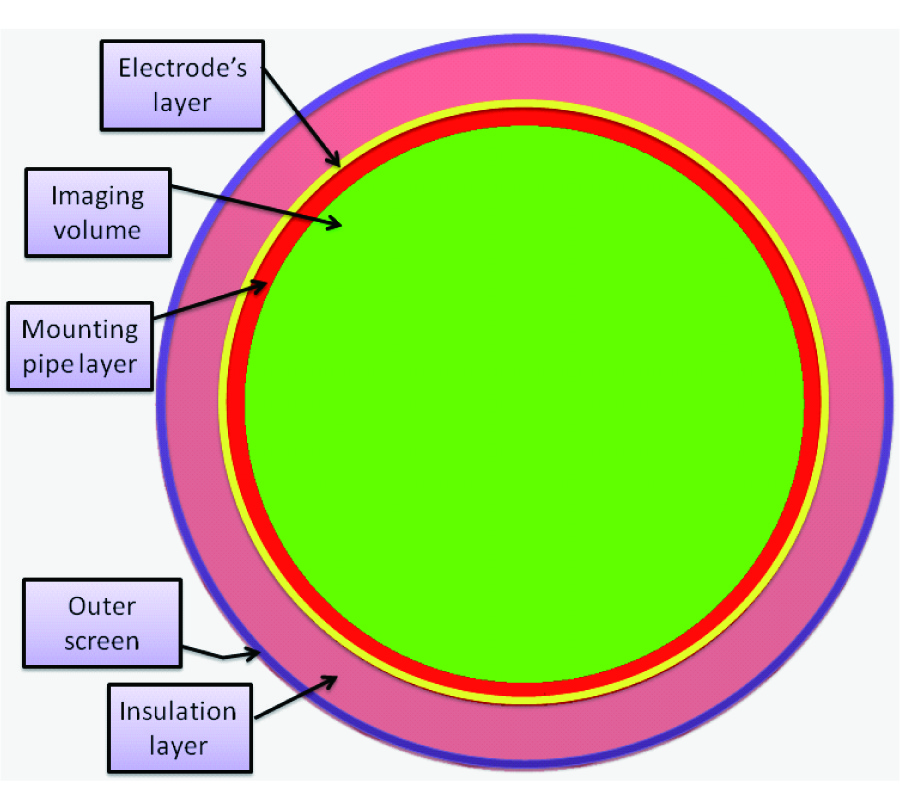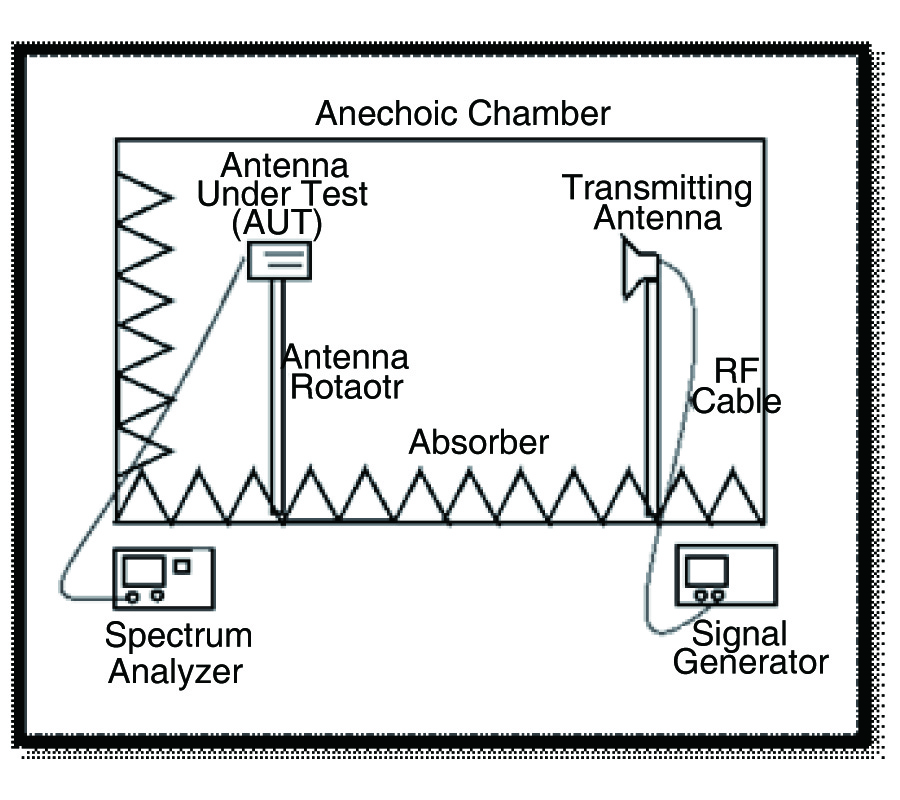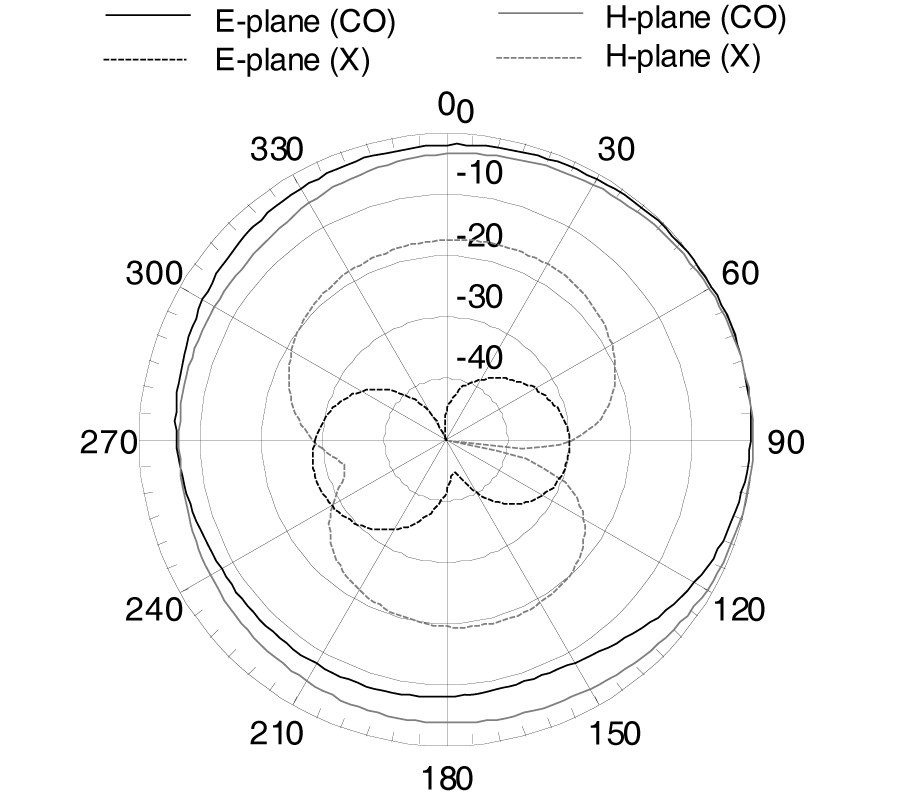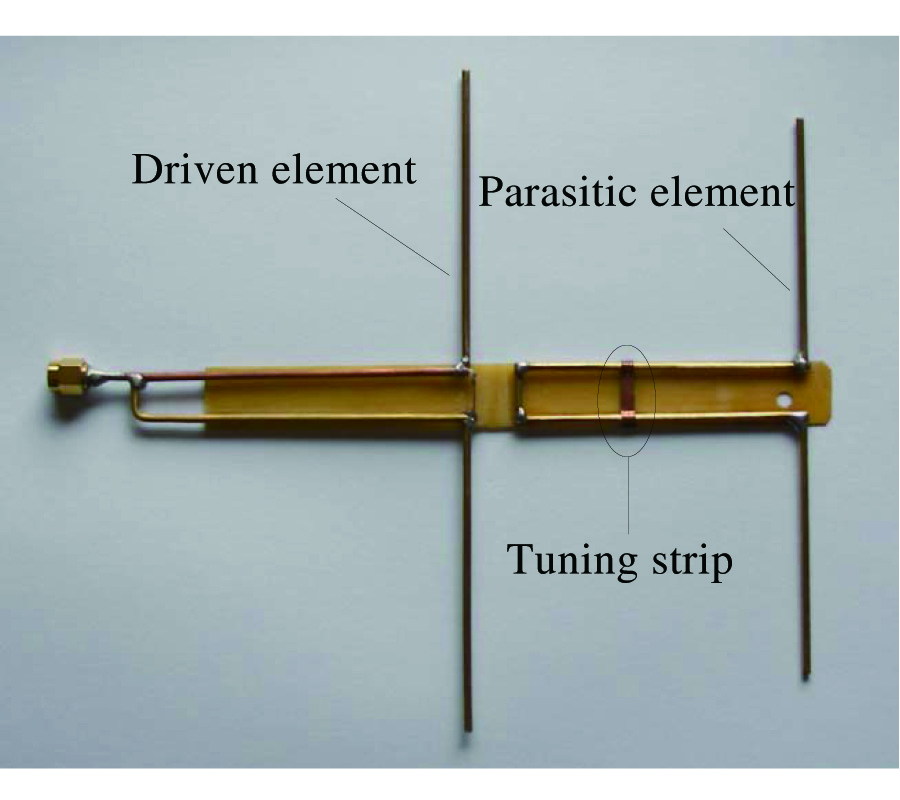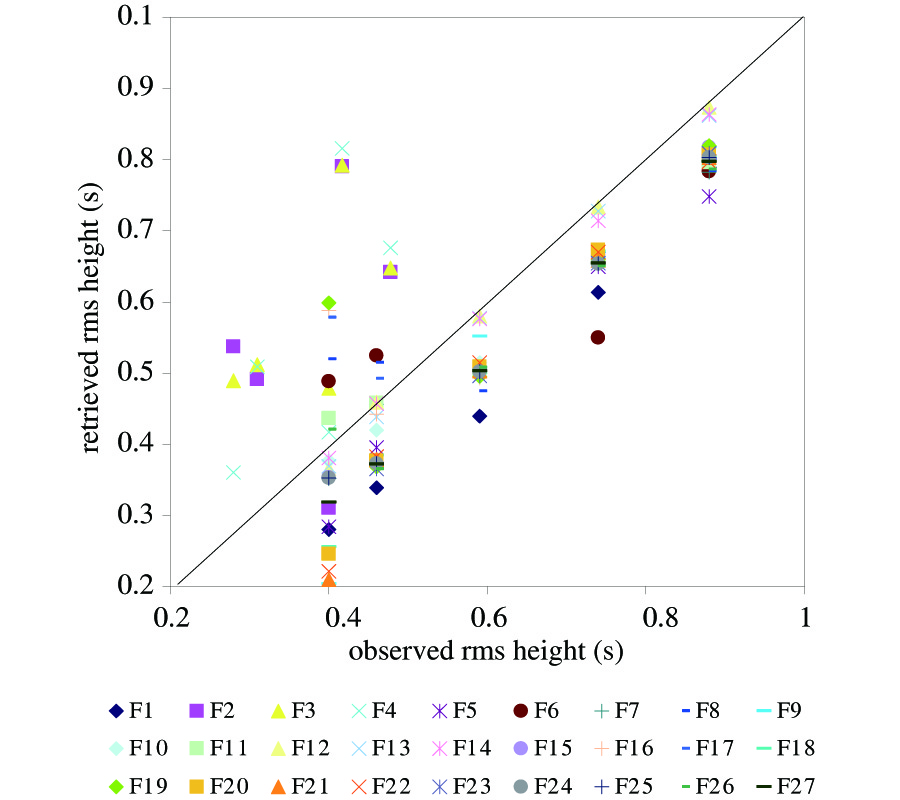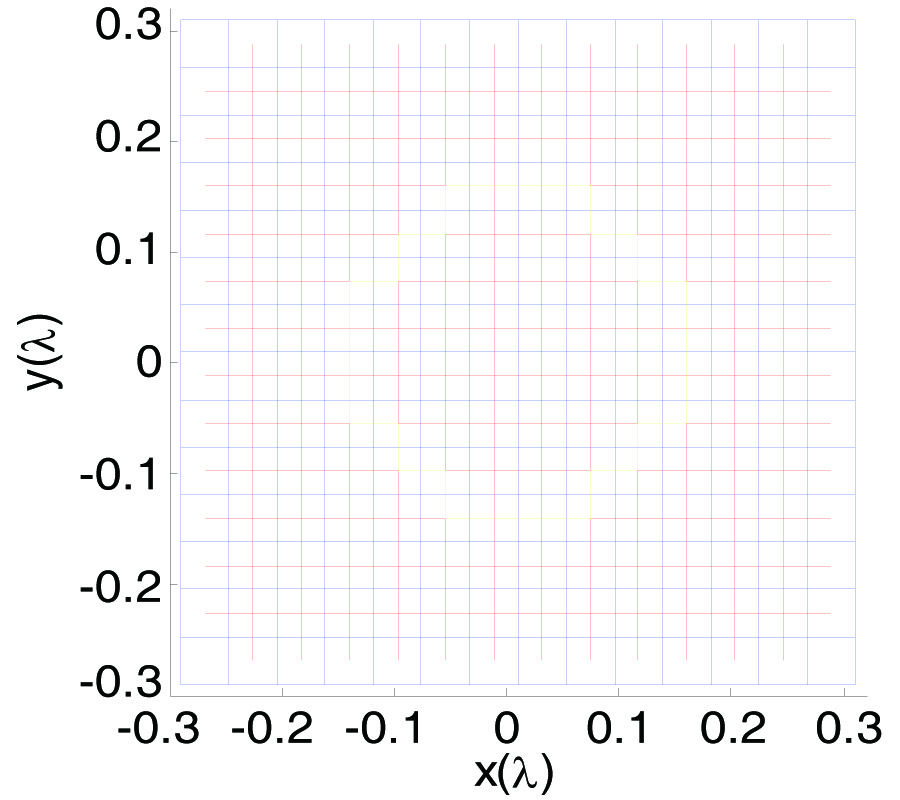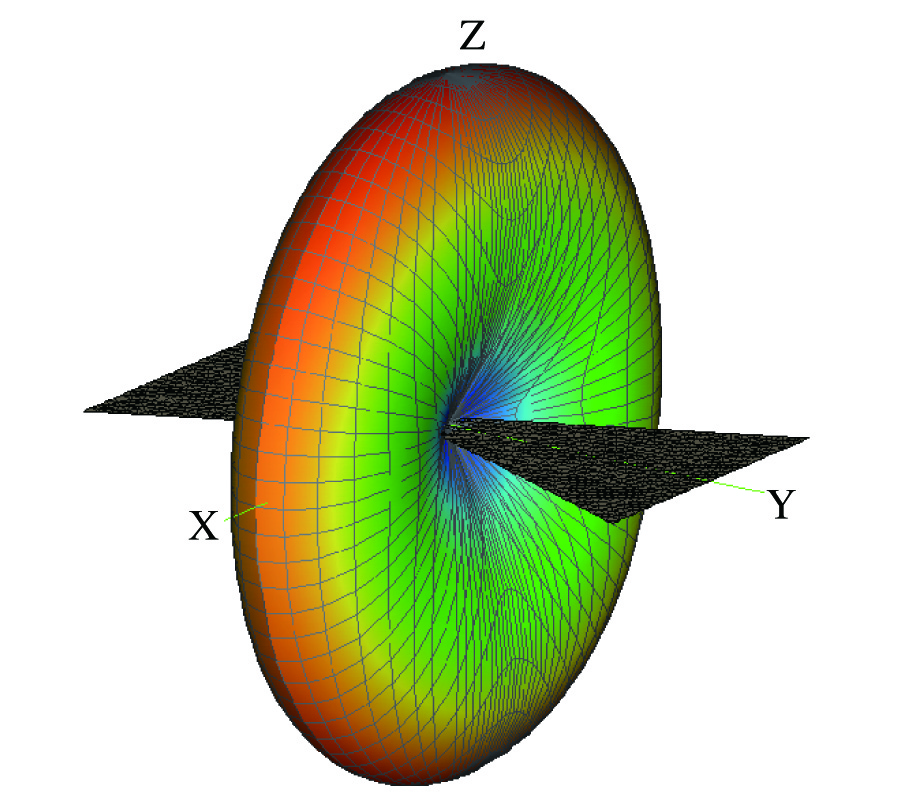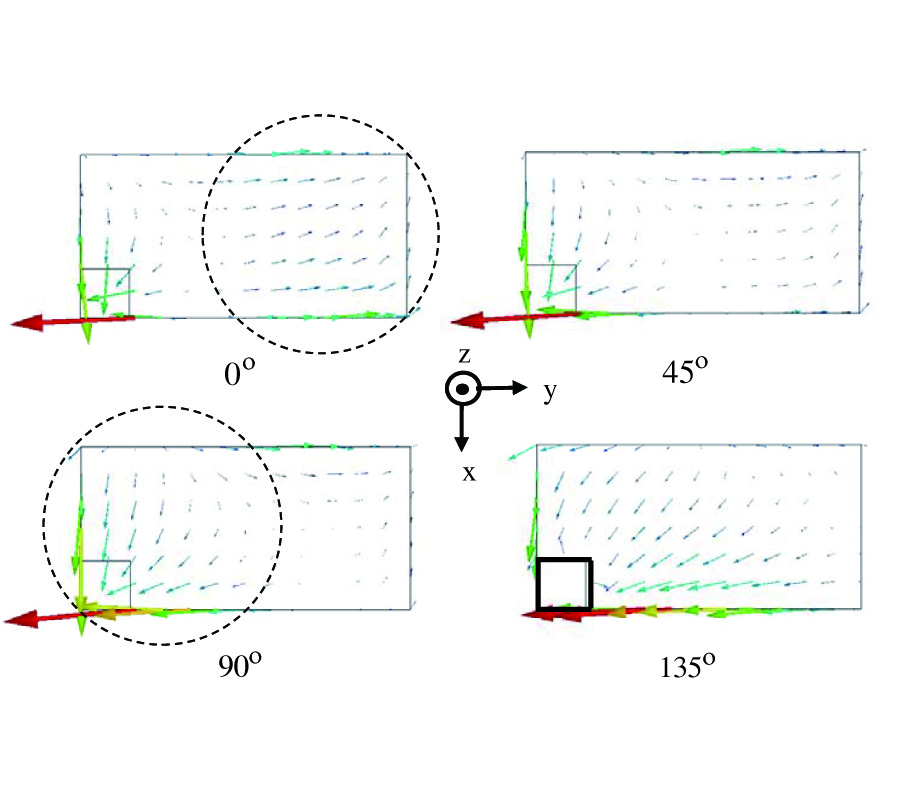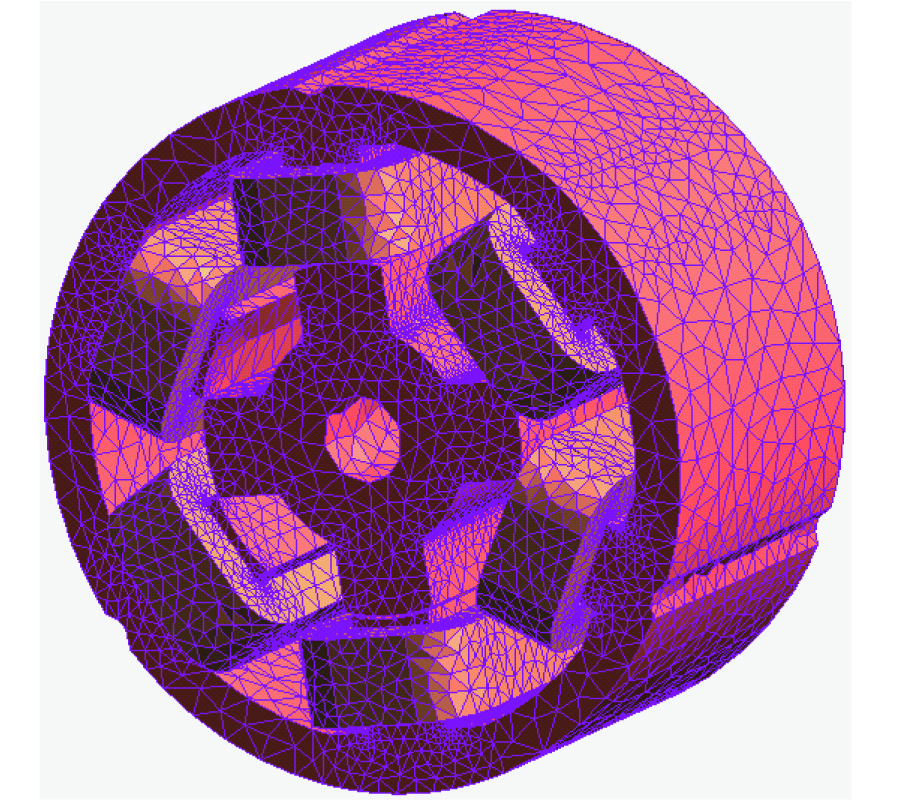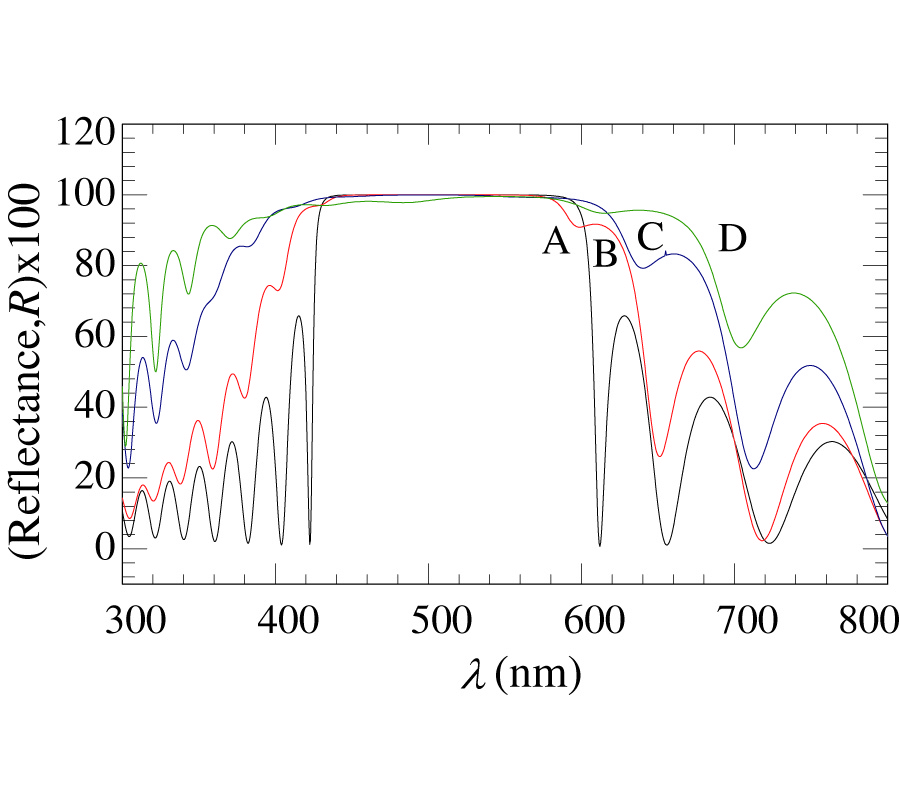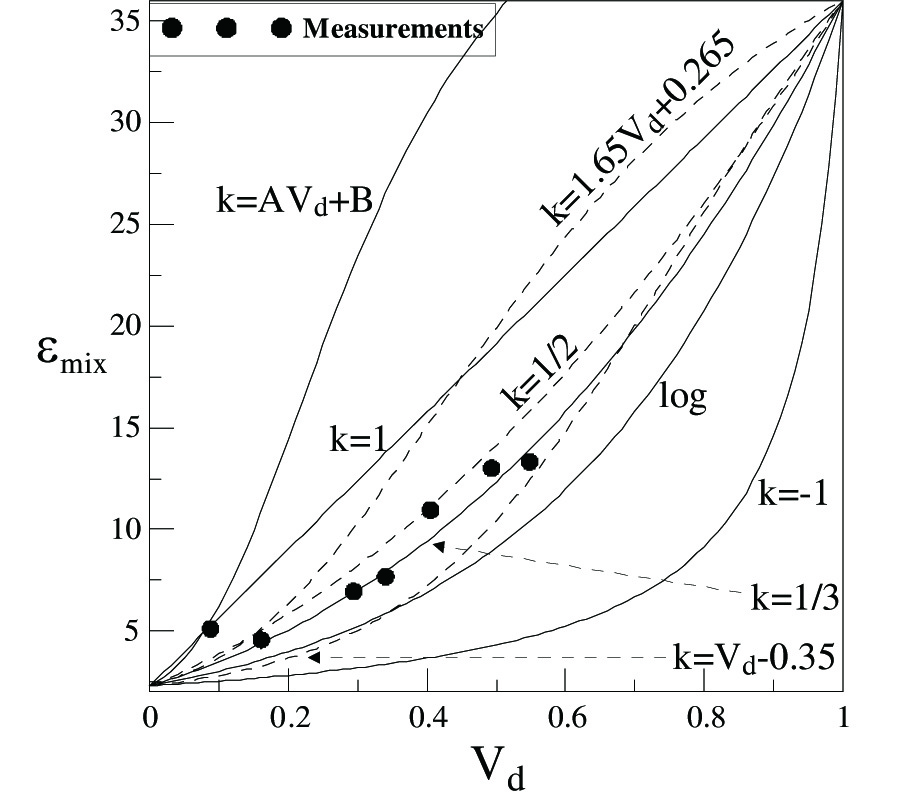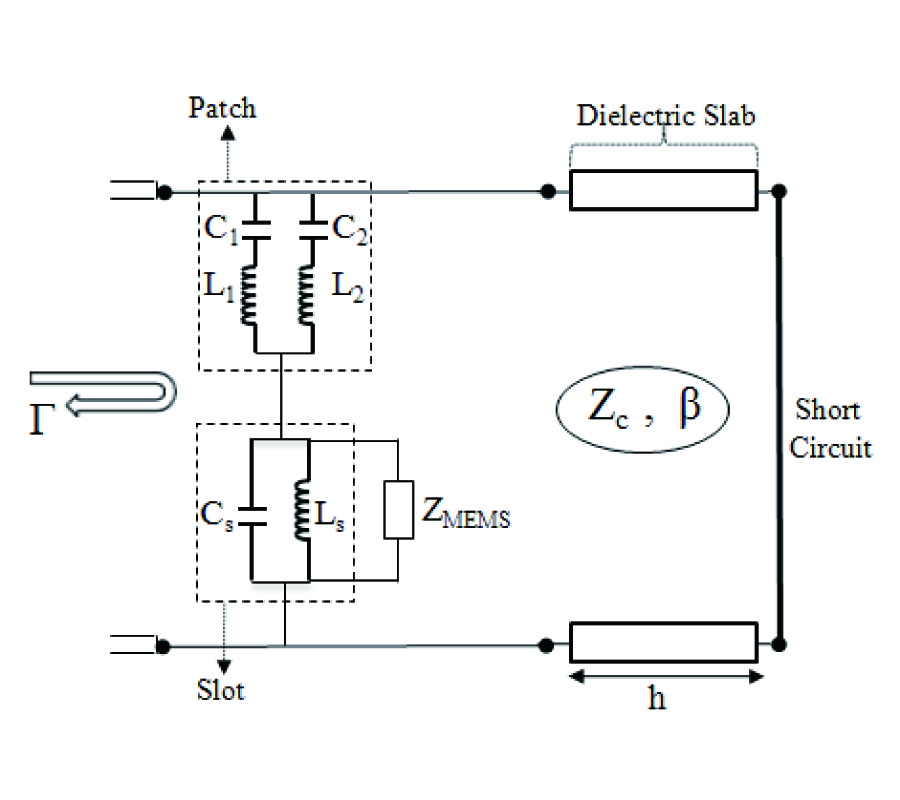Exposure to 2.45 GHz Microwave Radiation Provokes Cerebral Changes in Induction of Hsp-90 α/β Heat Shock Protein in Rat.
T. Jorge-Mora,
Marcos Alvarez Folgueiras,
Jose Manuel Leiro-Vidal,
F. J. Jorge-Barreiro,
Francisco Ares-Pena and
Maria Elena Lopez-Martin
Physical agents such as non-ionizing continuous-wave 2.45 GHz radiation may cause damage that alters cellular homeostasis and may trigger activation of the genes that encode heat shock proteins (HSP). We used Enzyme-Linked ImmunoSorbent Assay (ELI-SA) and immunohistochemistry to analyze the changes in levels of HSP-90 and its distribution in the brain of Sprague-Dawley rats, ninety minutes and twenty-four hours after acute (30 min) continuous exposure to 2.45 GHz radiation in a the Gigahertz Transverse Electromagnetic (GTEM cell). In addition, we studied further indicators of neuronal insult: dark neurons, chromatin condensation and nucleus fragmentation, which were observed under optical conventional or fluorescence microscopy after DAPI staining. The cellular distribution of protein HSP-90 in the brain increased with each corresponding (0.034 ± 3.10-3, 0.069 ± 5.10-3, 0.27 ± 21.10-3 W/kg), in hypothalamic nuclei, limbic cortex and somatosensorial cortex after exposure to the radiation. At twenty-four hours post-irradiation, levels of HSP-90 protein remained high in all hypothalamic nuclei for all SARs, and in the parietal cortex, except the limbic system, HSP-90 levels were lower than in non-irradiated rats, almost half the levels in rats exposed to the highest power radiation. Non-apoptotic cellular nuclei and a some dark neurons were found ninety minutes and twenty-four hours after maximal SAR exposure. The results suggest that acute exposure to electromagnetic fields triggered an imbalance in anatomical HSP-90 levels but the anti-apoptotic mechanism is probably sufficient to compensate the non-ionizing stimulus. Further studies are required to determine the regional effects of chronic electromagnetic pollution on heat shock proteins and their involvement in neurological processes and neuronal damage.
